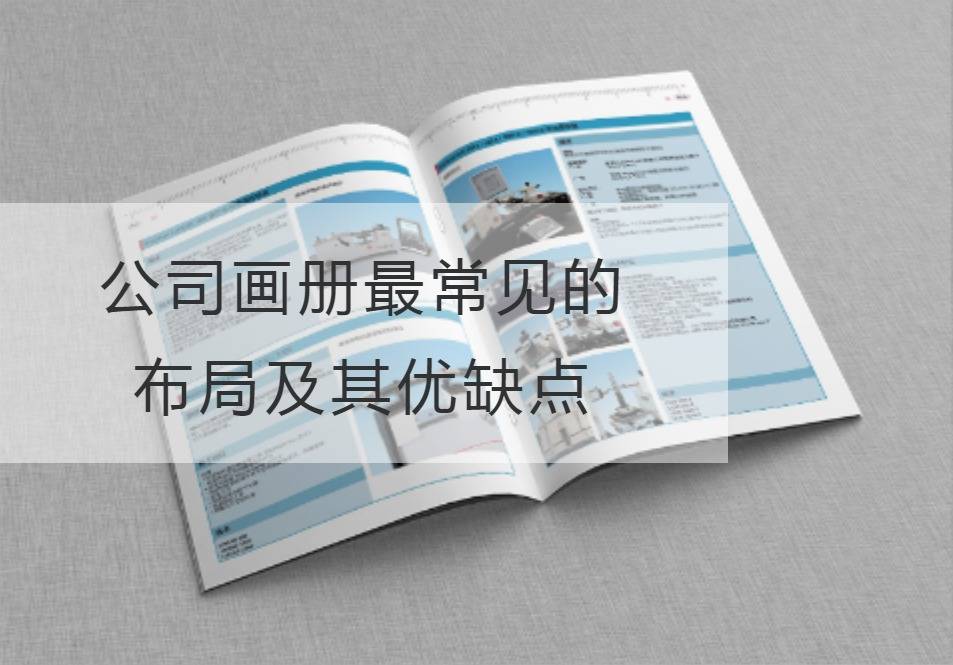The most common layouts of company albums and their advantages and disadvantages
Company album is one of the important tools for enterprises to display their image and strengths and attract the attention of customers and partners. For most corporate albums, layout is a critical aspect. Different company albums use different layouts, each of which has its own advantages and disadvantages. This article describes the most common layouts, their advantages and disadvantages, and provides some suggestions for the reader.
First, let's talk about one of the most common layouts - the traditional single-column layout. This layout features text and pictures in strict order on a page, text content is concise, and pictures are clear. This layout is suitable for most corporate albums because it is easy to understand and allows readers to quickly navigate through the entire album. However, the single-column layout has some drawbacks. First, because of paper limitations, single-column layouts can cause text and pictures to be typified too tightly, making it difficult to read. In addition, a single-column layout may not fully demonstrate a wide variety of products and services for an information-heavy enterprise.

Next, let's talk about the double-bar layout. The double-column layout divides the page into two columns, one for displaying text and the other for displaying pictures. This layout is ideal for those enterprises that need to display product specifications in detail or special instructions. The double-column layout can give readers more information and a more comprehensive understanding of the company's products and services. However, there are some drawbacks to the double-column layout. First, because the text and the picture are displayed on the same page, this can lead to overcrowded pages, causing discomfort to the reader. Second, double-column layouts require more design and typographical skills, so they may be difficult for companies with less design skills.
In addition to single-column layouts and double-column layouts, there is another layout that is favored: multi-column layouts. The multi-column layout divides a page into multiple areas. Each area is used to display different information. This layout is ideal for enterprises with multiple product lines or business areas. The multi-column layout can clearly display different information contents, and can be read selectively according to the reader's needs. However, multi-column layouts have some drawbacks. First, multi-column layouts require more complex design and typographical skills, and may be costly for businesses. Secondly, because of the division of text and picture, the multi-column layout may bring some reading burden to readers and affect the reading experience.
In conclusion, different companies adopt different album layouts, each has its own advantages and disadvantages. For the average business, the traditional single-column layout may be a good choice, simple and clear. For enterprises with a large amount of information, double-column layout or multi-column layout can better display their characteristic products and services. When choosing the layout of the company's album, companies should weigh and choose according to their own needs and target audiences.
As the poet Liu Yuxi of the Tang Dynasty said: "I don't know where it started, but I'm going deep. "It is precisely because of the exquisite and reasonable layout of the company's album that is able to stand out among its competitors and make readers feel emotionally empathetic to the company. As a result, companies are designingCompany Picture BookWe should try our best to choose a layout that suits our own characteristics, show our unique charm and advantages, and attract the attention and trust of our readers.
Recommended Reading:
Wireless Adhesive Technology in Collateral Printing: Innovation and utility coexist
Print of promotional material, see real stamp in detail
Improve sales performance: Select the right way to print the promotional materials.
Atmospheric design, high-end printing: Take you into the world of promotional material printing



